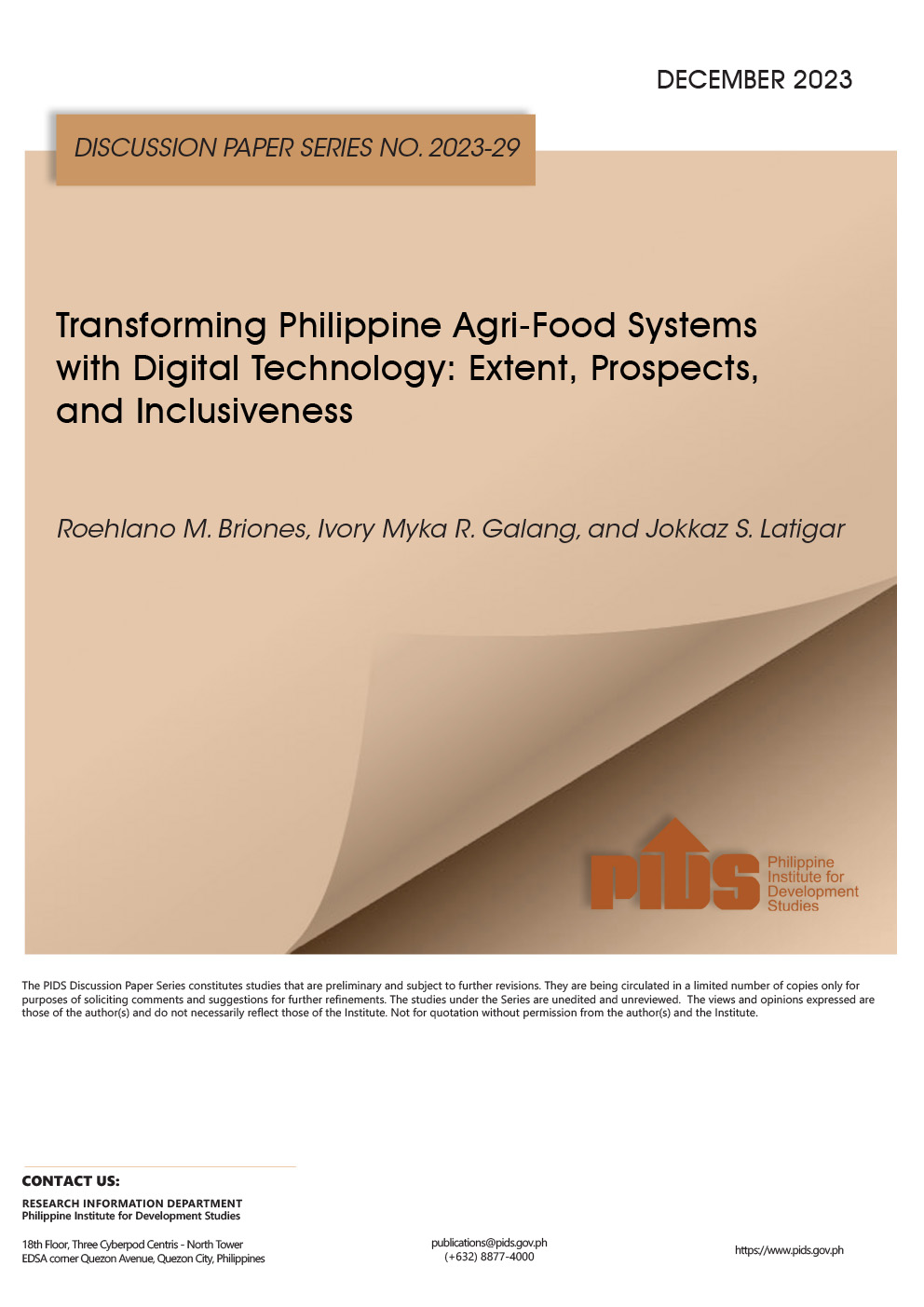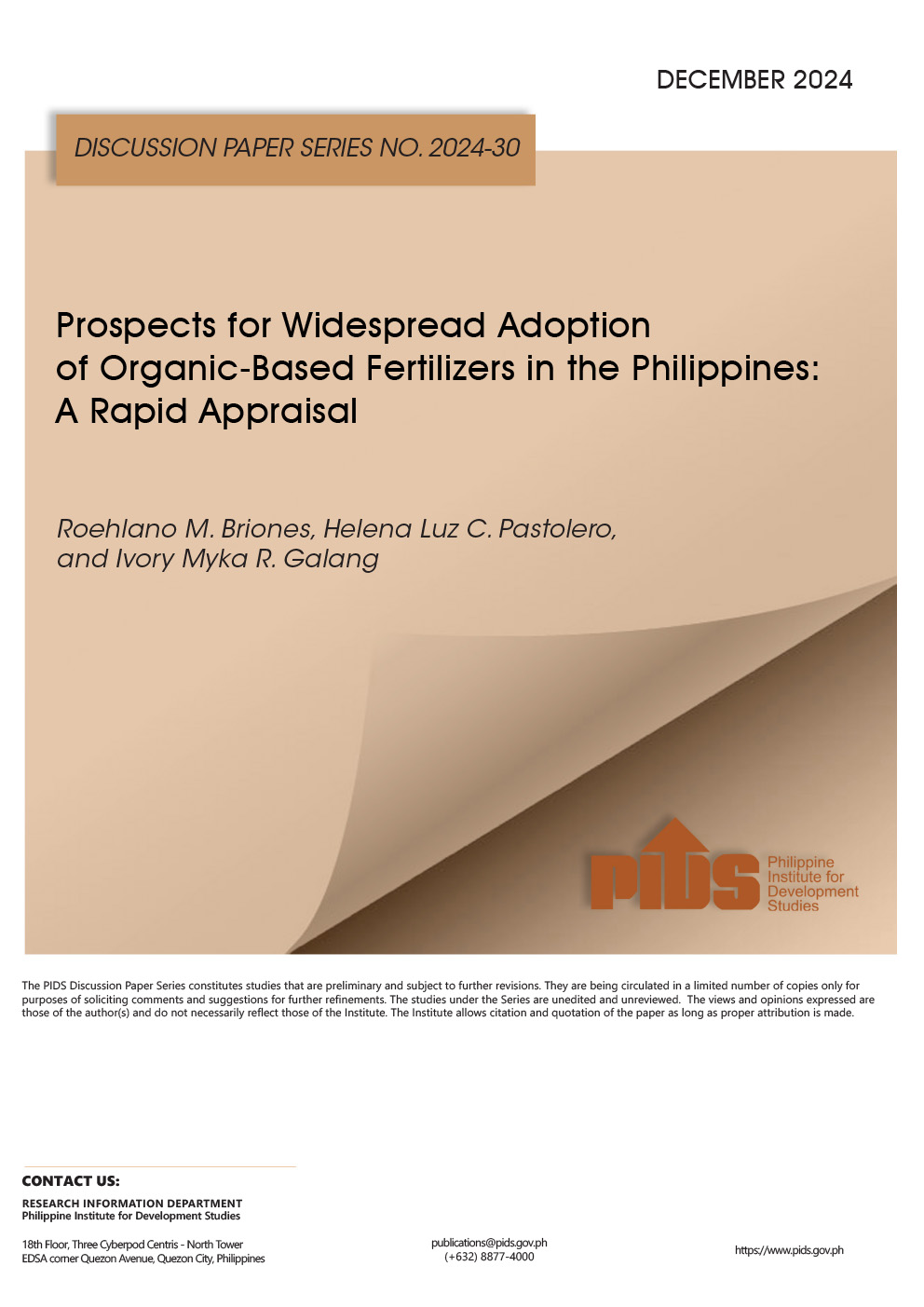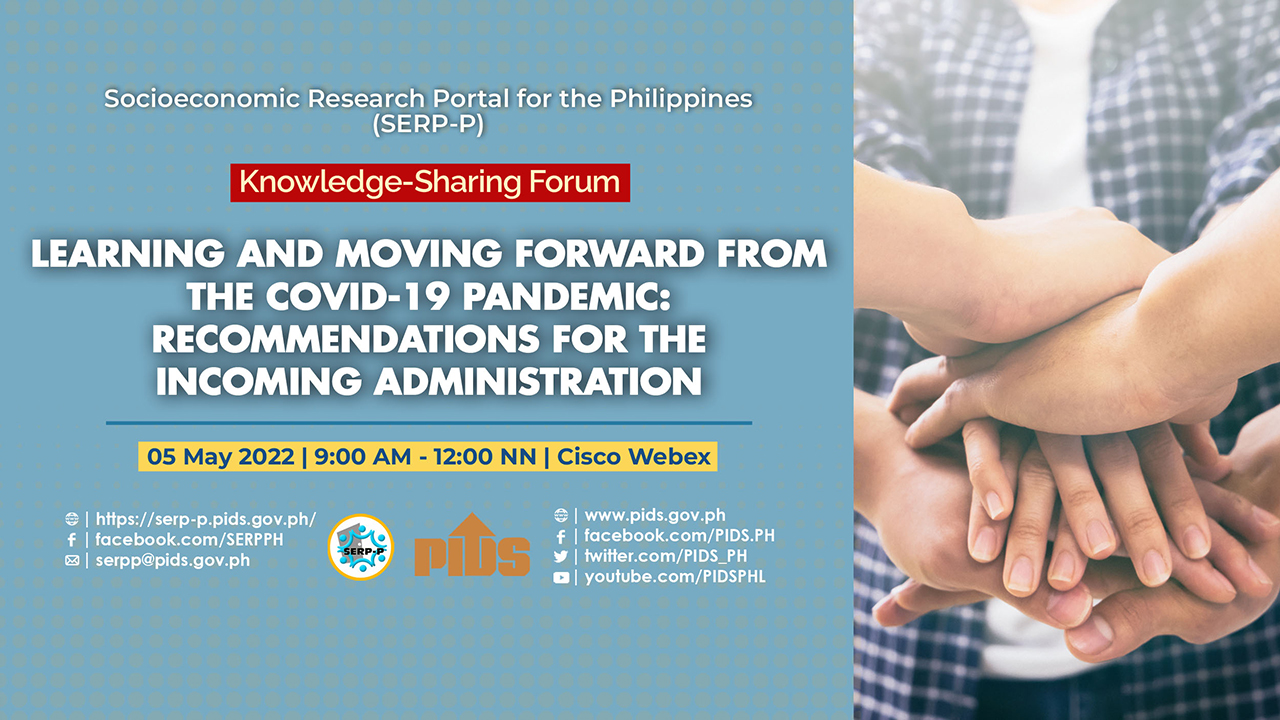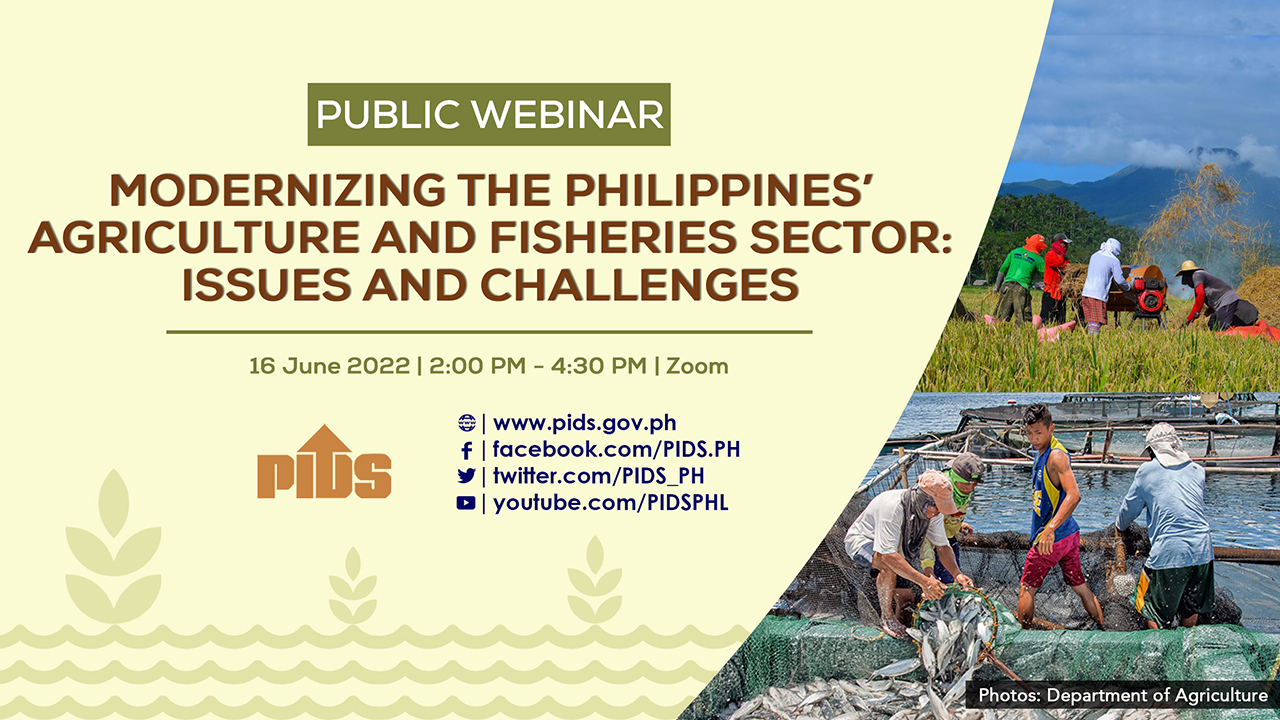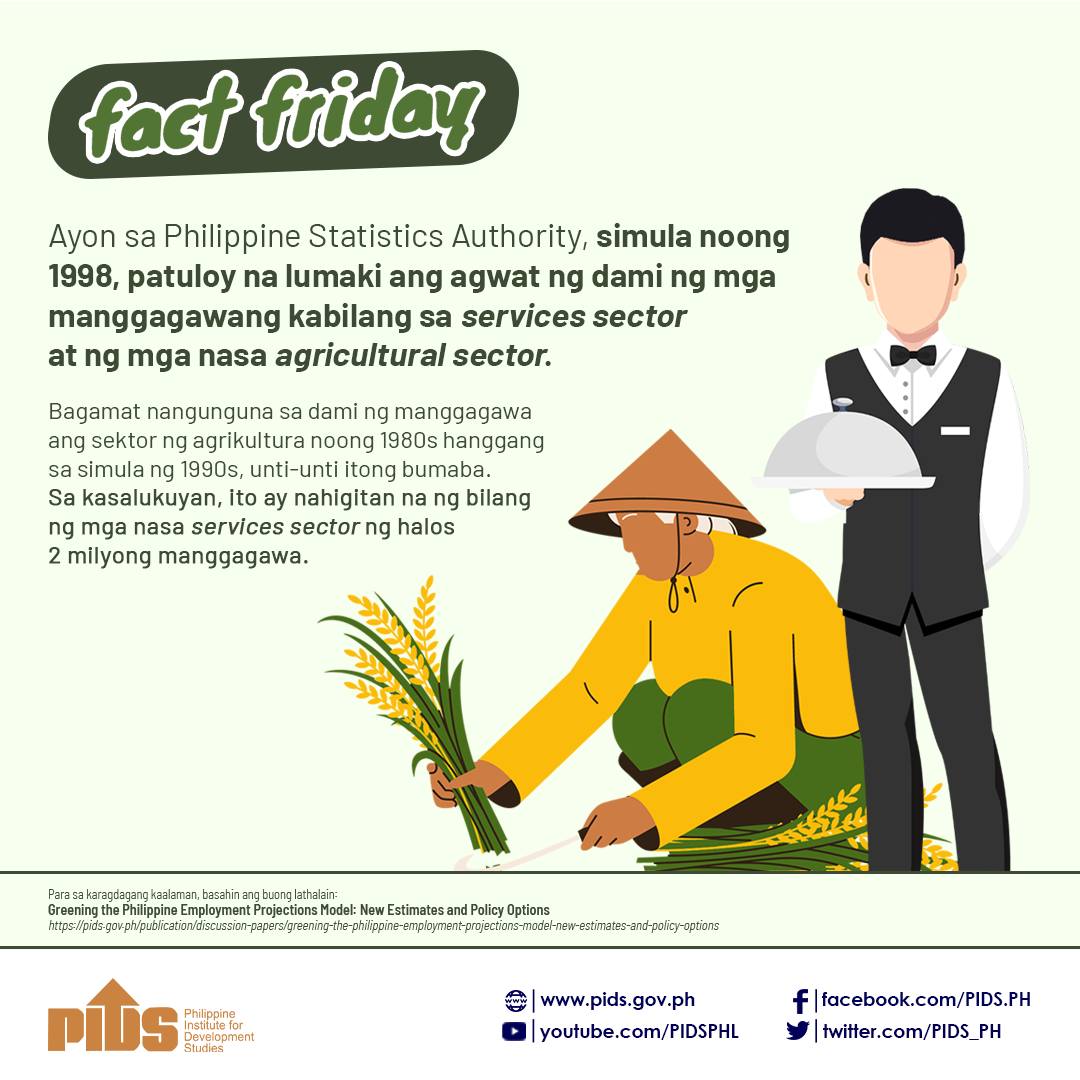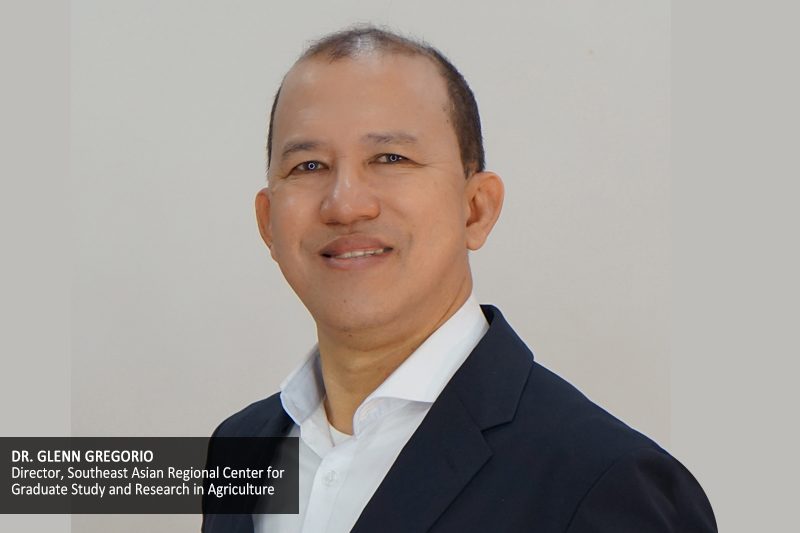
Institutionalizing urban agriculture in the Philippines as a response to the COVID-19 pandemic requires active leadership from the local government.
This was emphasized by Southeast Asian Regional Center for Graduate Study and Research in Agriculture (SEARCA) Director Glenn Gregorio, who served as a presenter in a knowledge-sharing forum organized by the Philippine Institute for Development Studies (PIDS) and the Socioeconomic Research Portal for the Philippines Network.
In a SEARCA paper he coauthored in 2020, Gregorio said the disruptions in agricultural food systems would create supply and demand shocks on economic performance and food security locally and internationally.
“The COVID-19 pandemic reduced the volume of agricultural production by 3.11 percent or 17.03 million tons due to the decline in agricultural farm labor affecting about 100.77 million people. This could translate to a 1.4-percent decline in the gross domestic product of Southeast Asia, equivalent to USD 3.76 billion,” he said.
On the local level, Gregorio noted a changing narrative on how people view food and how farmers produce food because of the pandemic. He added that urban agriculture is a conscious response to pressing concerns on food security, climate resilience, and the overall well-being of people amid urbanization and increasing urban population.
“[The COVID-19] pandemic has underscored the connection between supply chains and consumption patterns, and the urgent need to redefine [agricultural] systems as food systems. It also underscored the role of LGUs in cultivating stakeholders with a transformative mindset who are adept in understanding the growing complexity of social concerns and able to impact positive change now and in the future,” he explained.
Gregorio also emphasized the need to institutionalize urban agriculture in the local government, especially with the implementation of the Mandanas ruling, where LGUs have “more options and money to implement any project”.
However, he mentioned that the Philippines should consider its condition, financial resources, and politics before adopting the urban agriculture practices of other countries.
Moreover, there are various designs of urban agriculture systems, but “support for innovation would be crucial to ensure compatibility, scalability, and applicability to the conditions of the target adopters”.
The SEARCA director also provided some notable urban agriculture programs and projects of LGUs in the country that have been harnessed in response to the pandemic.
One example is the local government of Santa Rosa, Laguna, which has implemented a pilot urban agriculture demonstration project to strengthen the city’s climate change adaptation program while also promoting safe, nutritious, and fresh produce. In addition, select barangay representatives have undergone a series of training on urban farming.
Other LGU initiatives are the hydroponics of the Science City of Munoz, Nueva Ecija, and the “Joy of Urban Farming” program of Quezon City.
Gregorio highlighted the importance of local leaders’ involvement in promoting urban agriculture. He also urged LGUs to integrate it into their comprehensive land-use plans.
“You must be creative [and] influence different partners to make this happen. You [must] mainstream agriculture, identify projects, programs, [and] activities as priority strategies [to] get money from the local government under the local climate change adaptation program,” he said. ###
You may watch the forum at https://fb.watch/cPlimAUfXi/ or https://youtu.be/yMDFm2eCXQM.
For more videos of PIDS events, go to https://www.pids.gov.ph/videos.

